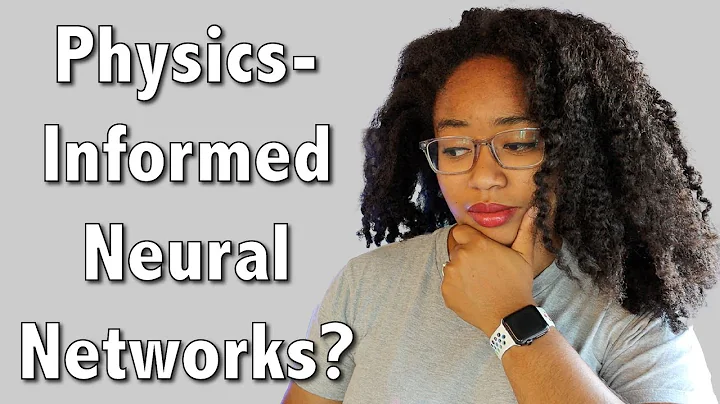Laser pulse passing through non-uniform media is the most important process, and the control ability determines the efficiency of optical communication . Unfortunately, it is often impossible to model it mathematically. However, you can teach the neural network to predict its results. The latest Russia-China research proves this.

Neural network predicts the behavior of laser pulses
In two consecutive issues of the international scientific journal Chaos, Solitons and Fractals (Volume 158 and 159 2022), the results of a new Russian-Chinese study were published, in which one The author is Nikolai Kudryashov, professor at the Department of Applied Mathematics at the National Research University for Nuclear Research MEPhI, who is responsible for the study. This research topic is very relevant as it is related to the development of many state-of-the-art technologies based on optical solitons .
As Sergei Sazonov, principal researcher at the Kurchatov Institute, writes, optical solitons are isolated laser pulses of a certain duration (from nanoseconds to femtoseconds) and whose carrier frequency is in the visible range , capable of propagating distances in a medium for long periods of time without changing its shape. The most important property of
solitons is their ability to interact elastically. Simply put, "colliding" solitons do not merge, but pass through each other, retaining their parameters but changing their phase. This is why there are high hopes for solitons in optical communication systems. As the soliton duration decreases, the throughput of the corresponding information system increases.
Not surprisingly, modeling and predicting the "behavior" of solitons in optical media has not only scientific but also applied implications. An optical soliton is a nonlinear solitary wave that takes into account the effects of several parameters and processes, but unfortunately does not always have a clear mathematical model.
The interaction between light solitons and media is a typical example of nonlinear dynamics, that is, a chaotic process. This is a system that in many cases is disturbed by external factors and can transform into chaotic behavior, reacting to even the smallest changes in environmental parameters.
BTW: A classic example of the chaotic behavior of a system is climate change, which can only be predicted a few days in advance at best, but never months and a year into the future. In this sense, predicting the behavior of optical solitons in certain media is no easier than predicting atmospheric vortices.
As Nikolai Alekseevich Kudryashov explains, the laws describing the dynamics of optical solitons, taking into account higher-order dispersion, are described by higher-order nonlinear differential equations. Nikolai Alekseevich has been studying equations of this type for 30 years. Unfortunately, it is often impossible to decide on establishing analytical solutions to these equations - sometimes simply because we do not have enough computing power, sometimes because the mathematical model becomes confusing for certain parameters.
Does this mean that optical solitons - like next year's weather - are destined to be a completely unpredictable phenomenon? There is a Russian proverb: They drive wedges with wedges. To predict the behavior of a chaotic system, you can use another chaotic system.
For decades, IT experts have been creating artificial intelligence - a type of neural network - to simulate the human mind. The complex neural network itself is a hidden nonlinear dynamic system and does not correspond to a deterministic mathematical model. In fact, for scientists, the neural networks they design to work are a "black box": the input data is known, some outputs are known, but there is no detailed picture and understanding of how the former becomes the latter.
However, neural networks Networks have the most important useful property: learnability. Neural networks are trained on known and recognized "successful" cases. When both the input and output data are known, by analogy to these known cases, they learn to transform the input data into the final data. It is this method that is used to simulate optical solitons in Russian-Chinese research.
As a "learning basis", these cases are used when the differential equation describing soliton dynamics has analytical solutions for certain parameter values.In this case, real and complex typical nonlinear wave models are used, including the nonlinear Schrödinger equation and the Korteweg-de Vries equation. And, most importantly, this is actually the main innovation proposed by the scientists - the additional conservation law data is included in the structure of the neural network, which is also a serious boundary condition: immediately ruled out as contradicting the conservation law s answer.
"As one of the important integrable properties of nonlinear physical models, the conservation law can produce strong restrictive forces for neural networks when solving nonlinear physical models," the article abstract says. The results of
neural network modeling show that compared with traditional mathematical modeling methods based on deterministic physical models, the use of neural networks and machine learning makes it possible to predict optical solitons and their parameters of hidden nonlinear mathematical models. Mathematical Physics Clear mathematical formulations of generally accepted problems in .
Thus, before our very eyes, a new approach to studying solutions to nonlinear wave models is emerging that combines deep machine learning, neural networks, and nonlinear mathematical physics.


![AI/ML+Physics Part 1: Choosing what to model [Physics Informed Machine Learning] - DayDayNews](https://i.ytimg.com/vi/ARMk955pGbg/hq720.jpg?sqp=-oaymwEcCNAFEJQDSFXyq4qpAw4IARUAAIhCGAFwAcABBg==&rs=AOn4CLBMVhxazCgh0pAm1KCjDm3G5IBQXw)





![Rethinking Physics Informed Neural Networks [NeurIPS'21] - DayDayNews](https://i.ytimg.com/vi/qYmkUXH7TCY/hq720.jpg?sqp=-oaymwEcCNAFEJQDSFXyq4qpAw4IARUAAIhCGAFwAcABBg==&rs=AOn4CLDq7F6iLHKhjmAFymJhtlcYwaXiMw)












